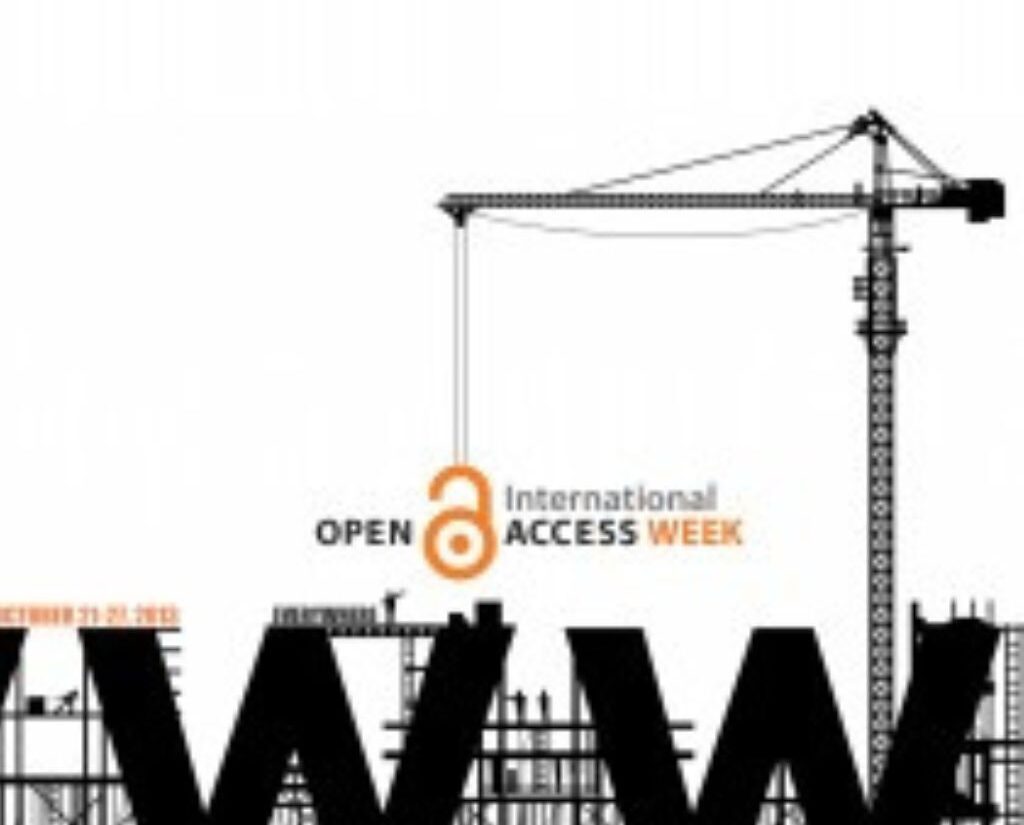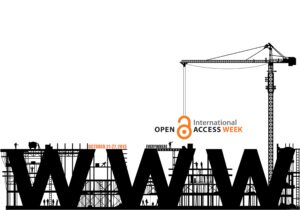

The theme of International Open Access Week 2013 is ‘Redefining Impact’. It’s an interesting theme because it’s a question I frequently get asked when I talk about the benefits of open access to research. Researchers from higher education and research institutions around the world disseminate the findings of their research by publishing articles in scholarly journals. These scholarly journals mostly require a subscription to access. So while the research might be publicly funded, it is not always publicly accessible. The open access to research movement has sought to change this by encouraging authors to publish in subscription free journals or archive copies of their publications in open access repositories such as CORA. Aside from the obvious reasons of why research publications should be freely available, many people have asked for the tangible evidence of open access giving results. So to my mind the Accelerating Science Award Program (ASAP) gives exemplary evidence of the benefits of open access. This program sponsored by Google, PLOS and the Wellcome Trust “recognizes individuals who have applied scientific research – published through Open Access – to innovate in any field and benefit society” (The Accelerating Science Award Program)
The six finalists show in various ways how they have used open access to enhance their research and solve challenges. My personal favourite project ‘Calculating ecotourism impact’ from the International Centre for Ecotourism Research in Queensland, Australia used a simple accounting method to put a dollar value i.e. tourism revenue on endangered species. They used freely available data from the International Union for Conservation of Nature and published the results in open access journals such as ‘PLOS One’ where they can be easily accessed by nature reserves for use as conservation tools. (Steven, Castley and Buckley)
Detractors of open access have often said that the public aren’t equipped to understand the results of research. In contradiction to this, another finalist team were able to adapt the results of an open access journal article when a middle school teacher was struck by the educational potential of a cell phone microscope. This microscope was originally developed for use in remote clinical settings to help with disease diagnosis and blood screening (Breslauer et al.) and is now also used for engaging primary level students in science. Scientists have reached a wider audience because the research was available to all. Similarly because many open access articles are licensed for re-use, Daniel Mietchen and his group were able to harvest multimedia files from PMC. These video clips were then incorporated into Wikipedia articles to help explain scientific concepts, complex experiments and the natural world.
Two finalists spoke about collaborative projects and the importance of adopting an open policy in their work. Dr. Matthew Todd, who leads the Open Source Malaria Consortium says their collaborative research model relies on 3 principles namely that all data and ideas are shared, any level can participate and there will be not patents applied to any drugs developed. Their research is building on the chemical structures for possible anti-malaria drugs and pharmacological data released into the public domain in 2010 by GlaxoSmithKline (Butler). Another finalist, Dr. Mark J. Costello on behalf of the WoRMS database speaks about the issues of marine species nomenclature which have been solved by the availability of this marine species database. Incidentally Mark J. Costello completed his PhD degree at University College Cork. As they say it’s a small world…being made smaller by open access to research amongst other things.
References
“The Accelerating Science Award Program”. 2013. 16 Oct 2013.
Steven, Rochelle, Castley, J. Guy and Ralf Buckley. “Tourism Revenue as a Conservation Tool for Threatened Birds in Protected Areas.” Plos One 8.5 (2013): e62598.
Breslauer, David N., et al. “Mobile Phone Based Clinical Microscopy for Global Health Applications.” Plos One 4.7 (2009): e6320.
Butler, Declan. “Glaxosmithkline Goes Public with Malaria Data”. Nature News, 2010. Nature Publishing Group. 16 Oct 2013.
